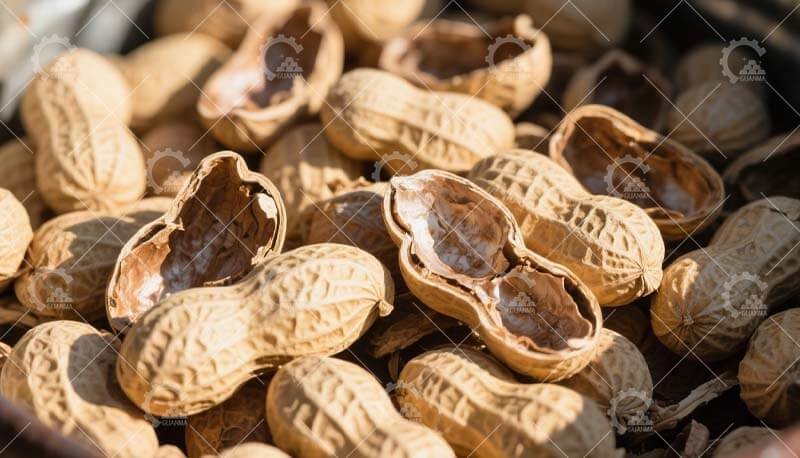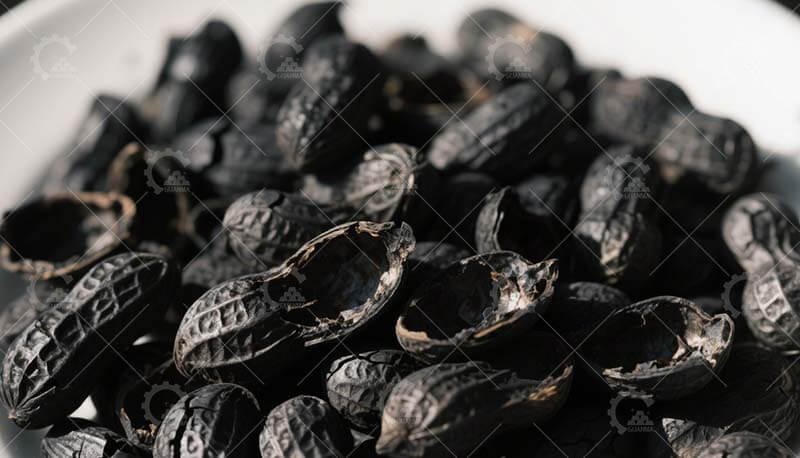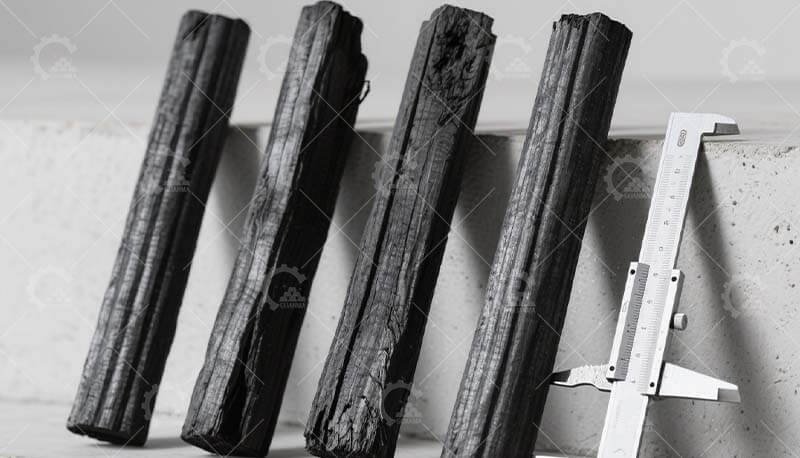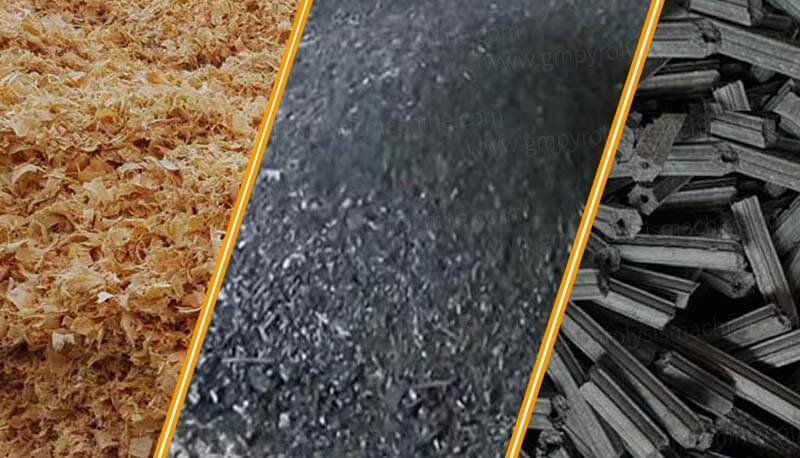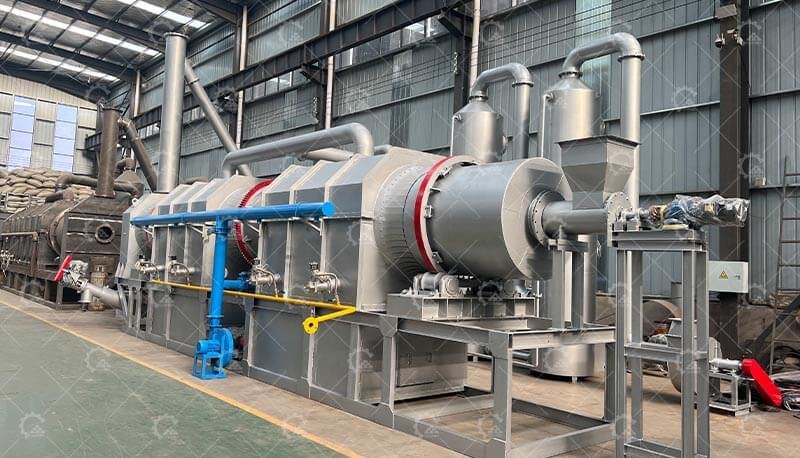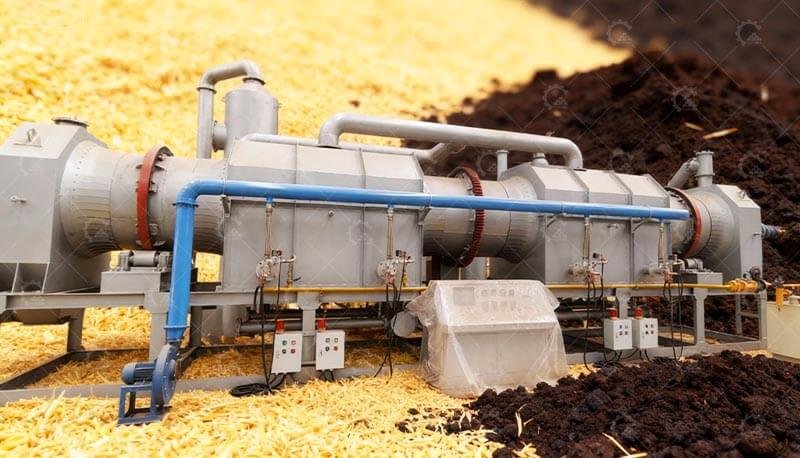Why Carbonize Peanut Shells?Peanut shell piles – a common sight in agricultural regions. Instead of burning or discarding this abundant biomass waste, carbonizing peanut shells offers a smart, sustainable solution, transforming them into high-value biochar.
Why Carbonize Peanut Shells?
Burning shells creates pollution and wastes potential. Carbonization, a controlled thermal decomposition process (pyrolysis) in a low-oxygen environment, converts them into stable carbon-rich peanut shell biochar. This valuable product boasts applications in agriculture (soil amendment), industry (activated carbon feedstock, fuel), and environmental remediation.
The Core Process: Pyrolysis Explained
The key is heating the shells without sufficient oxygen for combustion. This drives off volatile compounds (released as syngas or bio-oil, often captured for energy), leaving behind the solid carbon structure – the biochar. The process typically occurs within three temperature phases:
1. Drying (Up to ~150°C)
Removes residual moisture.
2. Torrefaction (150-300°C)
Initial breakdown of hemicellulose, releasing some volatiles. Material darkens.
3. Carbonization/Pyrolysis (300-700°C)
Main decomposition phase. Cellulose and lignin break down, releasing most volatiles and concentrating carbon. Higher temperatures yield harder, more aromatic biochar with greater surface area.
Essential Equipment for Peanut Shell Carbonization
Choosing the right carbonization machine for peanut shells is critical:
1. Batch Carbonization Furnaces
Suitable for smaller-scale operations. Material is loaded, processed, cooled, and unloaded in cycles. Simpler, lower initial cost, but less efficient for continuous high volume.
2. Continuous Carbonization Furnaces
Ideal for larger-scale, commercial peanut shell charcoal production. Shells are continuously fed in, move through heating/cooling zones, and biochar is discharged steadily. Higher efficiency, better temperature control, and gas recovery.
Key Features to Seek: Efficient insulation, precise temperature control systems, effective syngas recycling or flaring, reliable cooling mechanisms, durable construction (stainless steel preferred for hot zones).
Step-by-Step Guide to Carbonizing Peanut Shells
1. Preprocessing
Ensure shells are reasonably clean (remove stones, soil). Size reduction (crushing/grinding) increases surface area and promotes uniform carbonization, especially important for efficient biochar production from peanut shells.
2. Drying (Optional but Recommended)
Reduce moisture content below 15-20% for optimal efficiency. Sun drying or dedicated dryers work. Lower moisture means less energy wasted on evaporation.
3. Loading
Feed prepped shells into the carbonizer according to equipment capacity. Avoid overloading.
4. Heating & Pyrolysis
Initiate heating. The machine will raise the temperature through the phases mentioned above. Maintain the target temperature (typically 450-600°C for versatile biochar) for the required residence time. Oxygen levels are kept minimal.
5. Volatile Gas Handling: Syngas produced is either
Recycled: Used to fuel the furnace, drastically reducing external energy needs (common in modern continuous furnaces).
Combusted: Flared off safely if not utilized.
Condensed: In some systems, bio-oil may be collected.
6. Cooling
Once pyrolysis is complete, the hot biochar must be cooled in an oxygen-free environment to prevent spontaneous combustion before discharge. Internal cooling zones or sealed external cooling systems are used.
7. Discharge & Collection
Safely collect the cooled carbonized peanut shell biochar.
8. Post-Processing (Optional)
Crushing/screening to achieve desired particle size for specific markets (e.g., soil amendment, activate carbon from peanut shell char production).
Key Parameters for Optimal Biochar Yield & Quality
Temperature
Higher temps (>500°C) increase carbon content, surface area, and stability but decrease overall yield. Lower temps yield more volatile matter. Target based on end-use.
Heating Rate
Moderate to slow heating generally yields more biochar than fast pyrolysis.
Residence Time
Sufficient time at peak temperature ensures complete conversion.
Feedstock Moisture
Low moisture (<20%) is essential for efficiency.
Particle Size
Uniform, smaller particles carbonize more evenly.
Unlocking the Value of Your Carbonized Peanut Shells
The resulting peanut shell charcoal is a versatile product:
Soil Amendment: Improves soil structure, water retention, cation exchange capacity (CEC), and provides a habitat for beneficial microbes. A key driver for sustainable peanut waste management.
Fuel Briquettes: High-calorific value, low-smoke fuel source.
Activated Carbon Feedstock: Excellent raw material due to its inherent porosity and carbon structure for producing activate carbon from peanut shell char.
Industrial Absorbent: Used in some filtration applications.
Animal Feed Additive: Can improve digestion (requires specific quality control).
Choosing the Right Partner for Carbonization Technology
Investing in efficient peanut shell carbonization equipment is crucial. Look for manufacturers offering:
Proven Technology: Reliable, continuous carbonization machines for peanut shells.
Energy Efficiency: Designs maximizing syngas recycling.
Compliance: Equipment meeting environmental and safety standards.
After-Sales Support: Installation, training, maintenance.
Carbonizing peanut shells is no longer just waste disposal; it’s a profitable and environmentally responsible strategy. By understanding the peanut shell carbonization process and investing in the right technology, agricultural processors and entrepreneurs can transform this abundant residue into valuable peanut shell biochar, opening doors to diverse markets like sustainable agriculture and activate carbon from peanut shell char production. Turn your peanut shell waste stream into a revenue stream today.

